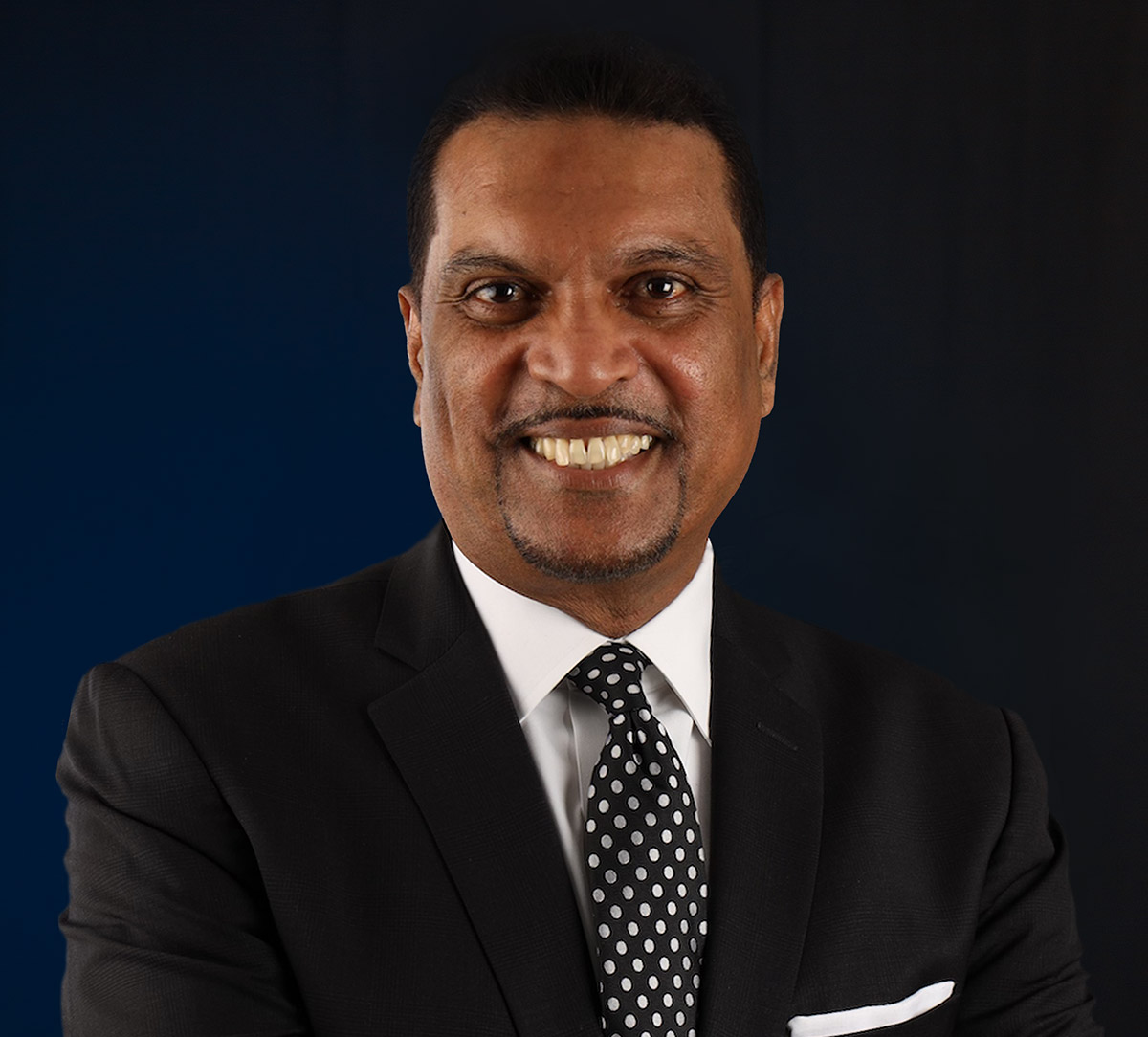welcome message
From President Jules
Welcome to the website of the Northeastern Conference of Seventh-day Adventists. Our conference is comprised of a diversified membership of more than 50,000 Seventh-day Adventist believers stretching across six states in the Northeastern section of the United States.
Since the inception of our conference in 1945, our mission has been to punch holes in the moral darkness into which sin has plunged us, by vigorously engaging in the spread of the Good News of Salvation. That evangelistic fervor has catapulted our conference to be among one of the largest conferences in the North American Division of Seventh-day Adventists.
Message from our current
President Dr. Abraham J. Jules
“Since the inception of our conference in 1945, our mission has been to punch holes in the moral darkness into which sin has plunged us, by vigorously engaging in the spread of the Good News of Salvation. That evangelistic fervor has catapulted our conference to be among one of the largest conferences in the North American Division of Seventh-day Adventists.”
Play Video
Team Profile
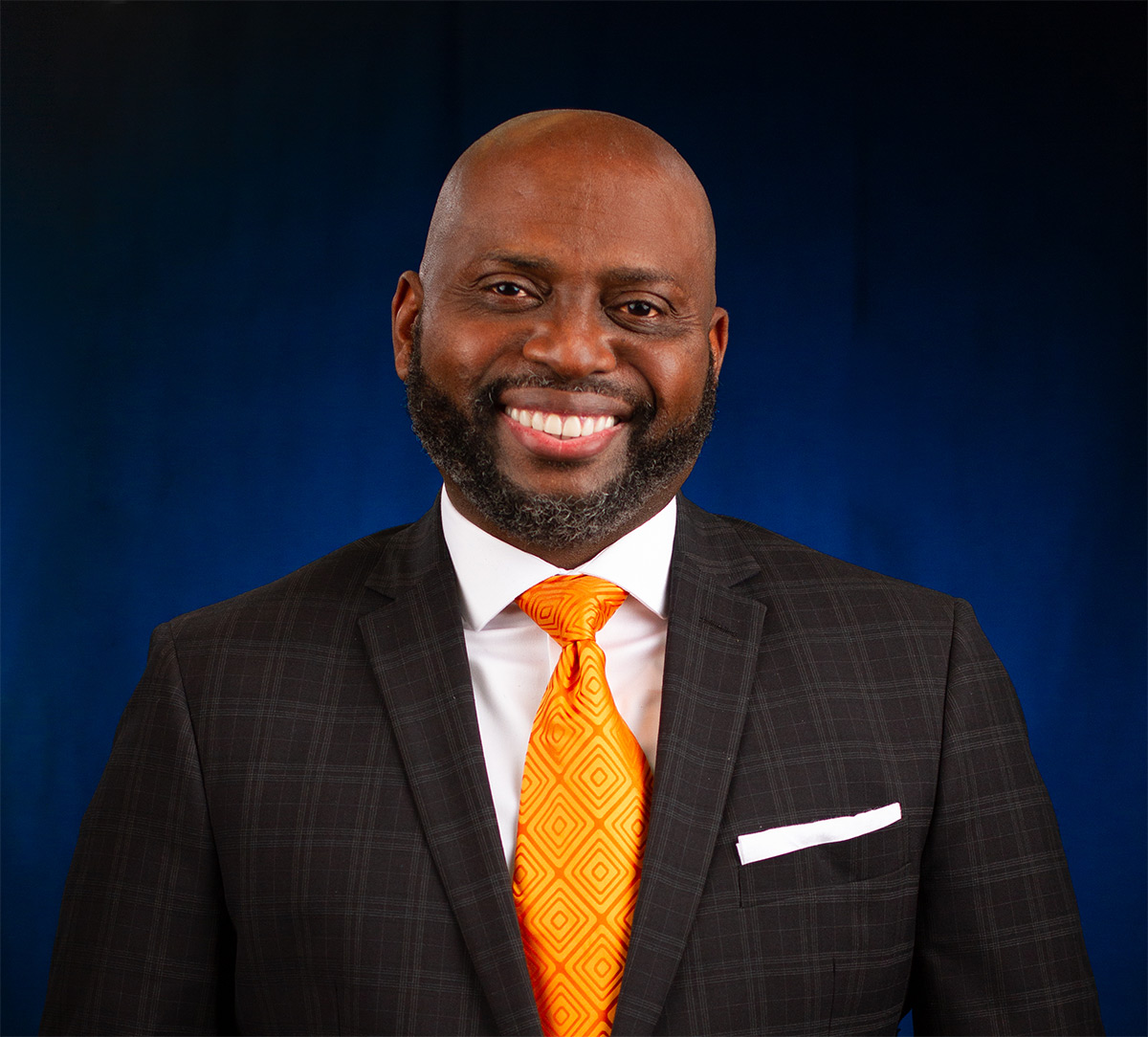
Dr. Warner A. Richards
Assistant Ministerial Director & Assistant to the President
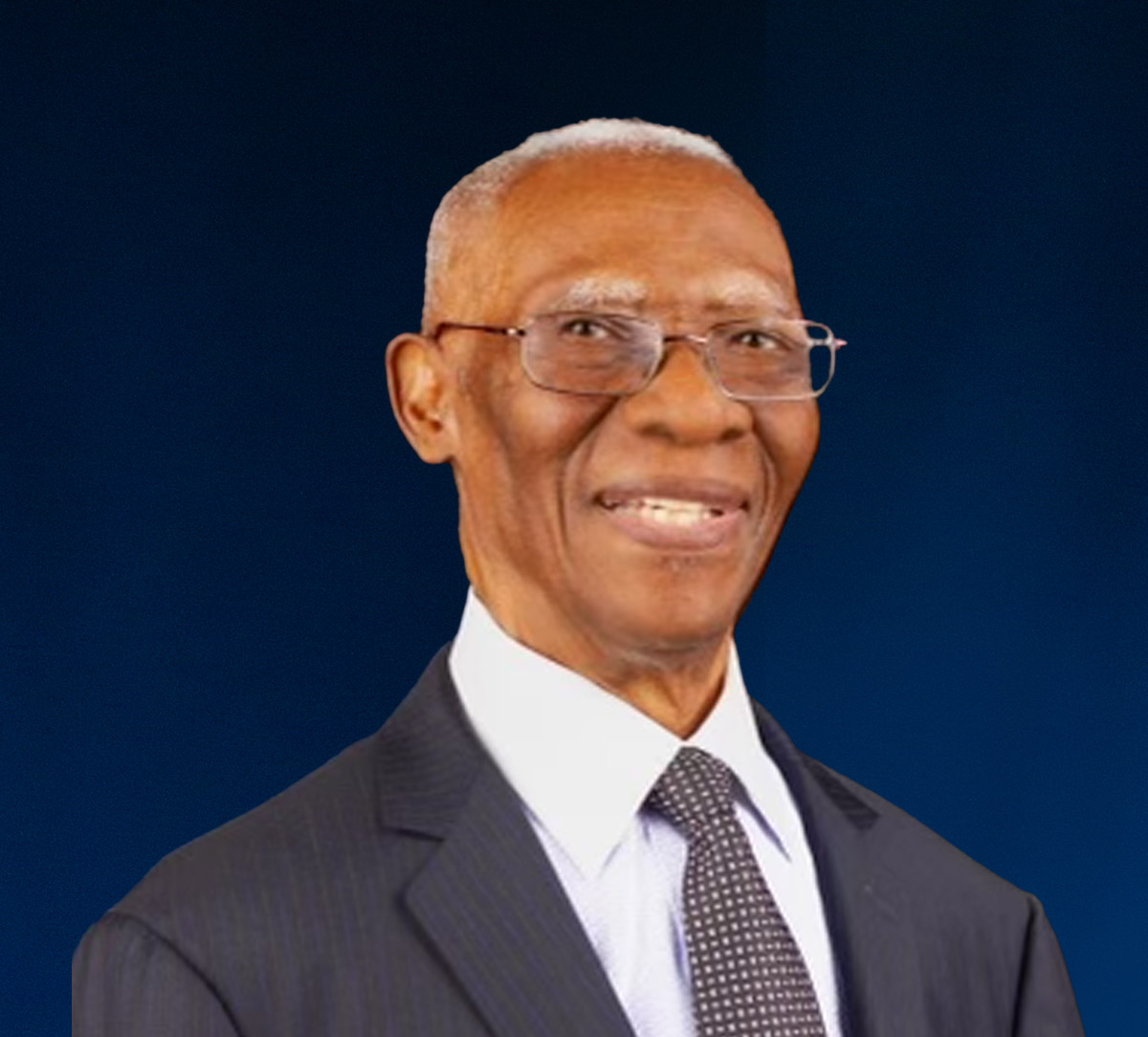
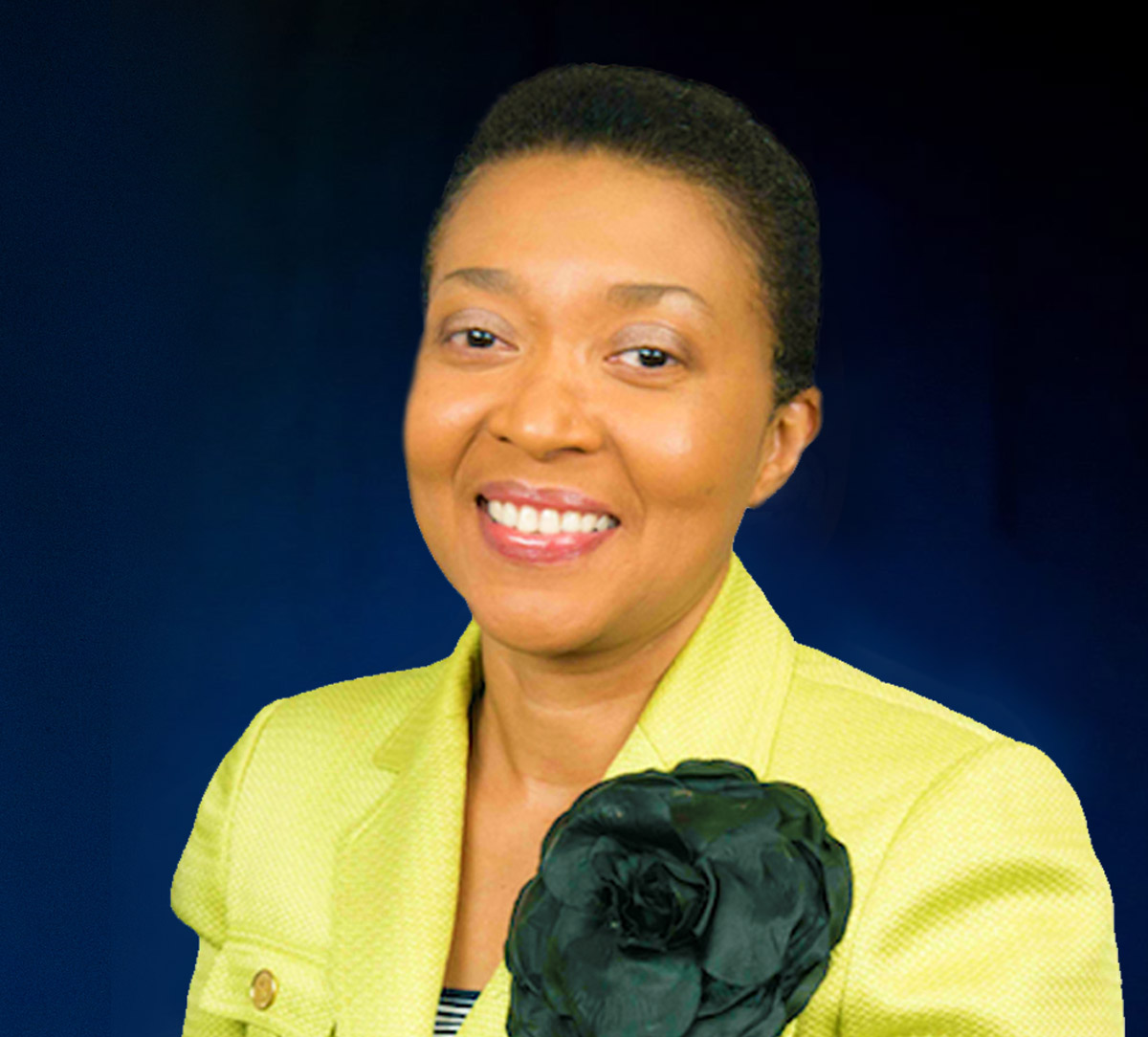
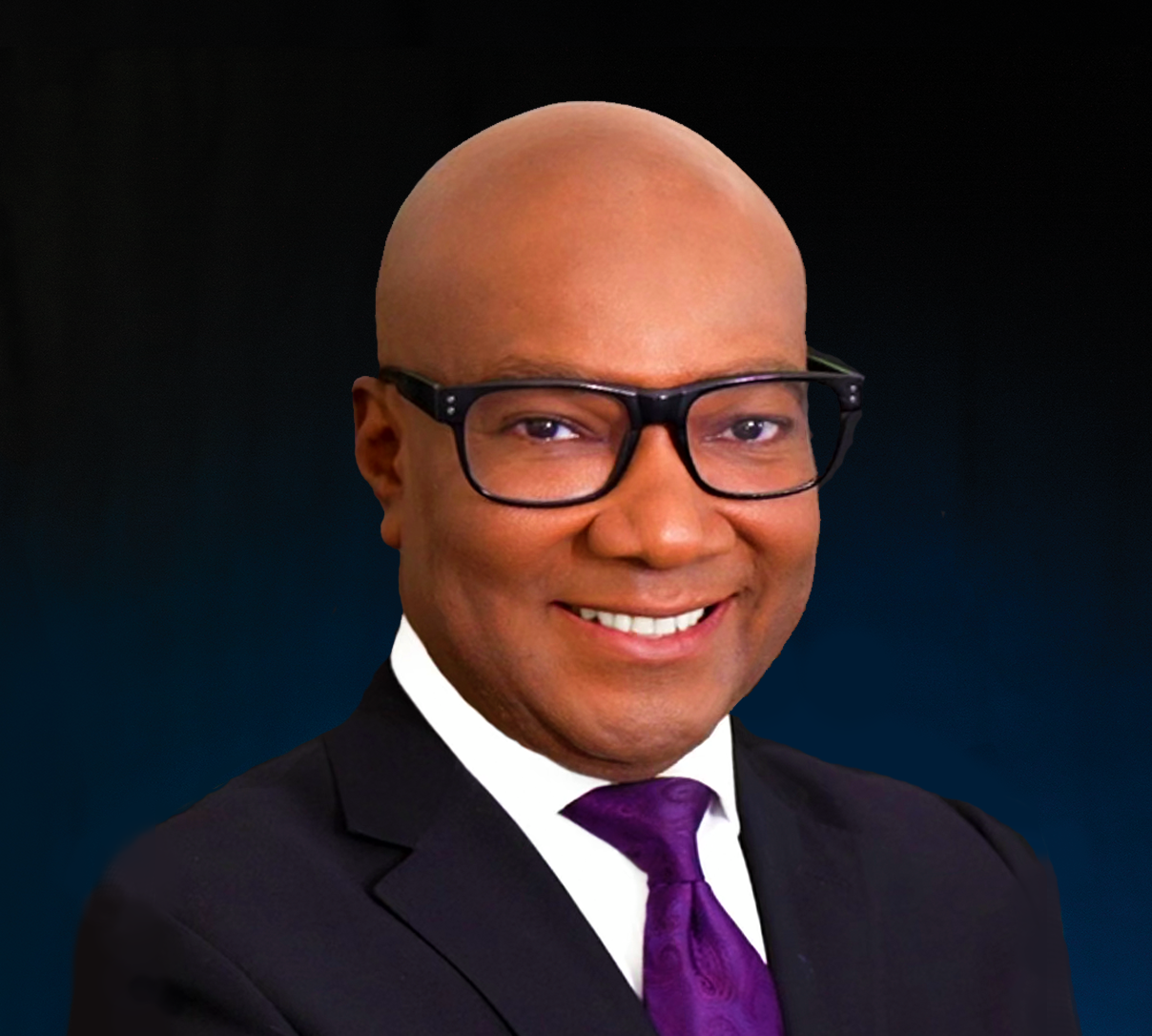
Dr. Ainsworth Keith Morris
Assistant to the President for Learning & Development
OFFICE STAFF
Conference Profile
For more than 75 years, we’ve been passionate about achieving better results for our clients.
Frequently Asked Questions
FAQ
For more than 40 years, we’ve been passionate about achieving better results for our clients.
1. The Seventh-day Adventist Church
The religious denomination known as Seventh-day Adventist had its rise about the middle of the nineteenth century. The name is based upon two of the distinctive beliefs they hold, namely, the observance of the Sabbath of the Scriptures, and the imminent, personal second advent of Christ.
In those years, not only in the United States, but in other countries of the world, many students of Bible prophecy became convinced that the second advent was drawing near, and this belief resulted in a great religious awakening, in Britain, in some countries of the Continent of Europe, and in North America.
2. Our Doctrine
“Whether this doctrine is orthodox or not,” wrote the historian Macaulay, in 1829, “many who hold it are distinguished by rank, wealth, and ability. It is preached from pulpits both of the Scottish and of the English church.” One English writer of the time estimated that in the years just before 1840 about 700 clergymen of the church of England were taking part in the awakening movement.
In the United States and Canada came a parallel movement, in which were represented Christians of all the churches. Among prominent leaders in the publishing and evangelistic work of this second advent evangelism were William Miller, a Baptist Layman, of Low Hampton, N.Y., and Joshua V. Himes, a clergyman, of Boston. Monthly and weekly papers devoted to this work were issued in Boston, New York, and many other parts.
3. The movement of a Church
It was from among the Adventists engaged in this movement in America that there arose a small group in 1844, in Washington, N. H., who began to observe the seventh-day Sabbath, as they found it enjoined in the fourth commandment of the Decalogue. Thus came the first Seventh-day Adventists, though the name was not formally adopted until later years.
4. Our Pioneers
Prominent among those who pioneered the work were Joseph Bates, James White, his wife, Mrs Ellen G. White, Hiram Edson, Frederick Wheeler, and S.W. Rhodes. Later came J. H. Waggoner, J.N. Loughborough, J. N. Andrews (who was the first Seventh-day Adventist missionary to be sent overseas from the United States), Uriah Smith, and S. N. Haskell.
4. Our Organization
By 1860 the movement had grown until, in connection with the organization of the first publishing house in Battle Creek, Mich., the denominational name was assumed. The following year saw the beginning of the organization of State conferences of churches, and in 1863 the General Conference was organized, with John Byington as its first president. In order to decentralize and distribute administrative responsibility, local state conferences are grouped in fairly large areas as union conferences, with a union corps of officers. The union conferences in continental areas are grouped again as divisions- as North American, South American, southern Asia, Australasian, etc., covering all continents- each division having its staff of officers….Representatives from each division make up the General Conference committee, with headquarters in [Sliver Springs Maryland].”
Click here for additional information on Adventist history and beliefs.
Source: CRB, 1936, Vol. 2, part 1, pp. 27-28
important milestones
Conference Timeline
How It All Began
The Negro members hip had grown to the degree that the necessity of making a singular appeal to this largest minority within the American population became apparent.
The number of people won to the church in communities such as Harlem and the Bedford-Stuyvesant area in Brooklyn was not commensurate wit the vast opportunities available in a city such as New York.
The existence of such a situation here and else ware was recognized by the General Conference and resulted in the organization of what came to be known as Regional Conferences.
October 3, 1944
Organization of Our Conference
On October 3, 1944, the Negro constituency of the Atlantic Union Conference came together in New York to organize the Northeastern Conference and elected Louis H. Bland as president; Lionel Irons, Secretary-Treasury; Jonathan E. Roache, secretary for the educational and Missionary Volunteer departments; and James J. North, home missionary and Sabbath School departments secretary.
October 3, 1944
1945
Temporary Headquarters
Temporary quarters on 127th Street, New York City, served the conference until a building could be purchased at 560 West 150th Street, which housed the conference office, Book and Bible House, church school, and another congregation – a nucleus from the Ephesus church – that assumed the name of City Tabernacle.
This congregation has experienced such steady growth that its membership exceeded 800 in 1974.
1945
December 1945
Membership Count 2,468
Since it began to operate (January 1, 1945), the Northeastern Conference has made continued progress. The membership at the close of 1945 was 2,468, with a working force of 21 plus 27 colporteurs.
December 1945
1952
Baptisims
In 1952 there were 163 baptisms.
1952
December 1961
Membership Count 7,179
At the close of 1961 it was 7,179, with a working force of approximately 45.
December 1961
1962
The Ephesus Church growth
The Ephesus church, the largest, soon grew to 1600 members, and with an expanded program of evangelism, composed of health lectures and Sunday night meetings, to which were invited diplomats of several African and Asian countries, the membership grew to 2,200 in 1962.
1962
1963-1973
Prolific growth
In 1973 there were 1,437. The period 1963-1973 showed very prolific growth within the Northeastern Conference. The membership doubled, increasing from 8,097 to 16, 328.
1963-1973
1975
Largest Conference in the Union
During the compiling of this information (1975), the membership was more than double that of any other conference in the Atlantic Union.
1975
Spring of 1975
Headquarters moved to Queens
In the spring of 1975 the Northeastern Conference moved its headquarters from 560 West 150th Street, New York City, to its present office building.
Spring of 1975


